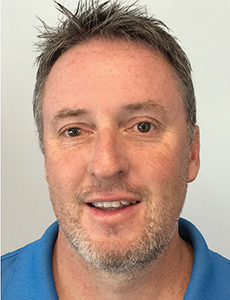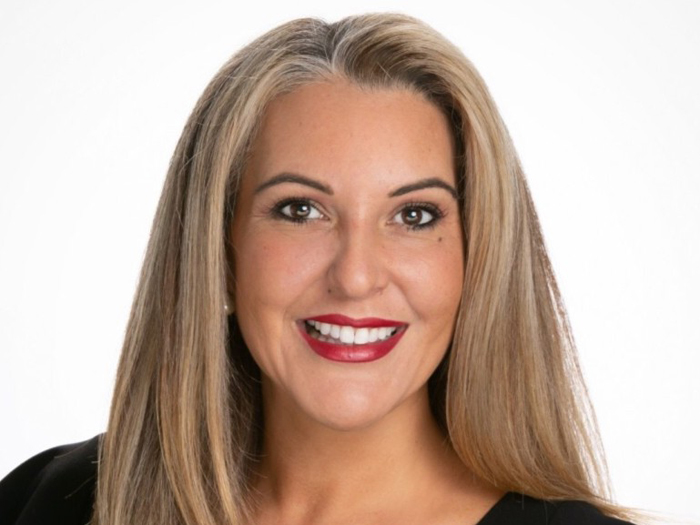Vermont Report 2016
Smart Parting

Captives and their domiciles don’t always make for a match made in heaven. Just as can happen in a marriage, time sometimes reveals differences that are irreconcilable.
Family-run, Chicagoland school bus company Cook-Illinois Corp., for instance, decided it was time to move its captive out of Bermuda in 2010 because the domicile just didn’t make sense anymore.
In part, the two reasons the captive, Five Families Insurance Ltd., originally went to Bermuda proved unnecessary.
As General Counsel Anthony Benish explained, the captive formed offshore in 2006 to gain easy access to reinsurance and for perceived tax advantages. Thereafter, the captive ended up electing to be taxed as a U.S. domestic corporation under 953(d) of the U.S. Internal Revenue Code. And the captive didn’t end up accessing reinsurance.
If we don’t stay in our current domicile, where do we go?
What’s more, Benish said, the parent company, Cook-Illinois, prides itself on being an American company. Its main competitors are foreign-owned. So the Bermuda captive could give rise to questions about the American-made branding and self-perception.
The solution to the problem wasn’t giving up on the captive.
“We put a lot of money into that captive,” Benish said.
They chose to move the captive to a location that made more sense.

Mark Tabler, chief operating officer, Innovative Physician Solutions
Mark Tabler, chief operating officer at risk retention group Innovative Physician Solutions, has a similar story.
The RRG launched in Arizona in 2005, but ownership began to contemplate a new captive insurance vehicle and the idea of finding a domicile to accommodate both the old and the new captive arose.
That second captive being considered — a segregated cell stop-loss captive — required a domicile willing and able to accommodate such a relatively exotic species.
But again, the original benefits of the first domicile had lost some of their luster. Arizona has no premium tax, a point of attraction at the launch of the first captive. But as Tabler explained, IPS is a small RRG (with about $5 million in premiums); premium tax savings weren’t worth sticking around for.
So what did Tabler’s and Benish’s captive companies do?
They first, of course, realized what their current jurisdictions were lacking.
Then they had to ask themselves: If we don’t stay in our current domicile, where do we go?
It turns out that that question is not a big deal. Domicile decisions are not until death do us part connections. Increasingly, captive owners are coming to grips with this, and if they find themselves dissatisfied with their current domicile, they can move.
Of course, as with a captive’s original domestication, redomestications require planning and caution to ensure the best result. The general consensus of the sources for this article was that it isn’t a terribly big deal to do it, but it’s important to be sure that you’re going to someplace better.
The Steps to a New Domicile
For an organization considering such a move, the first question should always be: What does your current domicile fail to provide? The next question should be: Where can you go to get that?
“So you go through a list of who’s who and what they do,” said Tabler.
Each domicile is different. Their tolerances and appetites for captive types are different. They have different regulations for surplus and capital requirements. So if you’re struggling with capital requirements at your current domicile, for example, then you can narrow down options based on that.
Each state also has different costs —not just premium tax but annual fees and cost of audits. You can also examine whether a domicile is growing or getting stagnant, and why they are growing or not.
Benish recommended looking for a state that’s not just “dipping their toe in the water” of captive regulation. Select a state that is committed to the insurance niche and its captive owners, a state that is top to bottom — from the regulators to the service providers — full of knowledgeable and experienced professionals.

B. Troy Winch, vice president and director of captive insurance, Risk Services LLC
Why worry about a domicile’s trajectory on top of everything else you are considering? If you move to a weaker or newer domicile, that may raise eyebrows, said B. Troy Winch, vice president and director of captive insurance at Risk Services LLC.
Raised eyebrows can be bad among regulators. An RRG not only has to deal with regulators in its domiciled state, but in every state in which its insureds operate.
You don’t want to go through a redomestication to create more challenges. Move to a well-established domicile, on the other hand, and negative connotations around redomestication disappear.
“I don’t think anybody bats an eye if you go to Vermont,” Winch said.
Winch helped three RRGs redomesticate to Vermont in 2015. And Tabler’s and Benish’s captives ended up going to Vermont in 2015 and 2010, respectively.
In 2015, 11 captive insurance vehicles changed homes and came to Vermont, which represents the highest number ever in any single year for the Green Mountain State. The redomestications came from South Carolina (three), Arizona (three), Bermuda (two), Cayman Islands, Nevada and Kentucky.
“Redomestications provide a great barometer reading for how a domicile is competing in the marketplace,” said Dan Towle, director of financial services at the Vermont Agency of Commerce & Community Development. “Existing captives are informed and sophisticated when it comes to knowing what is important to them in their domicile selection.
“You want to make sure you have all your ducks in a row before you start the process.” — B. Troy Winch, vice president and director of captive insurance, Risk Services LLC
“In many cases they have often been operating for years when they decide it is time for them to make a change. They are very savvy in their due diligence and we are proud that when they compare, they have chosen Vermont in record numbers.”
Due Diligence Done
If there’s a difference between divorces and redomestications, it’s that you don’t want to pursue the latter until you have your next partner. The second piece of due diligence for captive owners pursuing a new domicile is to ensure that the new domicile wants them before they try to leave their existing domicile.
In Tabler’s and Benish’s cases, they and representatives from their captives met with Vermont regulators at conferences and initiated the conversation.
With all the good things that he had heard about the “gold standard” of captive regulation, it was still a breath of fresh air for Tabler when hearing Vermont’s “can-do attitude” first-hand.
Winch strongly advised making sure the feeling is mutual before telling your existing domicile that you are leaving it. The new domicile, Vermont or otherwise, will then connect with the existing domicile to make sure that your captive pitch represents the whole truth. Keep in mind that means that captive owners wanting to move should make sure they have a clean bill of health.
“You want to make sure you have all your ducks in a row before you start the process,” Winch said.
Once both the new domicile and the captive have screened each other appropriately, then it becomes a process very similar to that first formation, said Benish, whose captive began by writing auto and general liability, expanded to workers’ comp in 2011, then added a sexual molestation coverage more recently, leading to a total of $3.5 million in premium per year.
Captive owners at this point select the appropriate service providers, starting with legal counsel and captive managers, and have their former counsel apply for unincorporation in the old domicile. Contracts need to be updated, policy forms tweaked. Projections may need to be updated.
For captive owners moving to a new domicile, these steps will be as exciting as that first time they found a captive home. &









